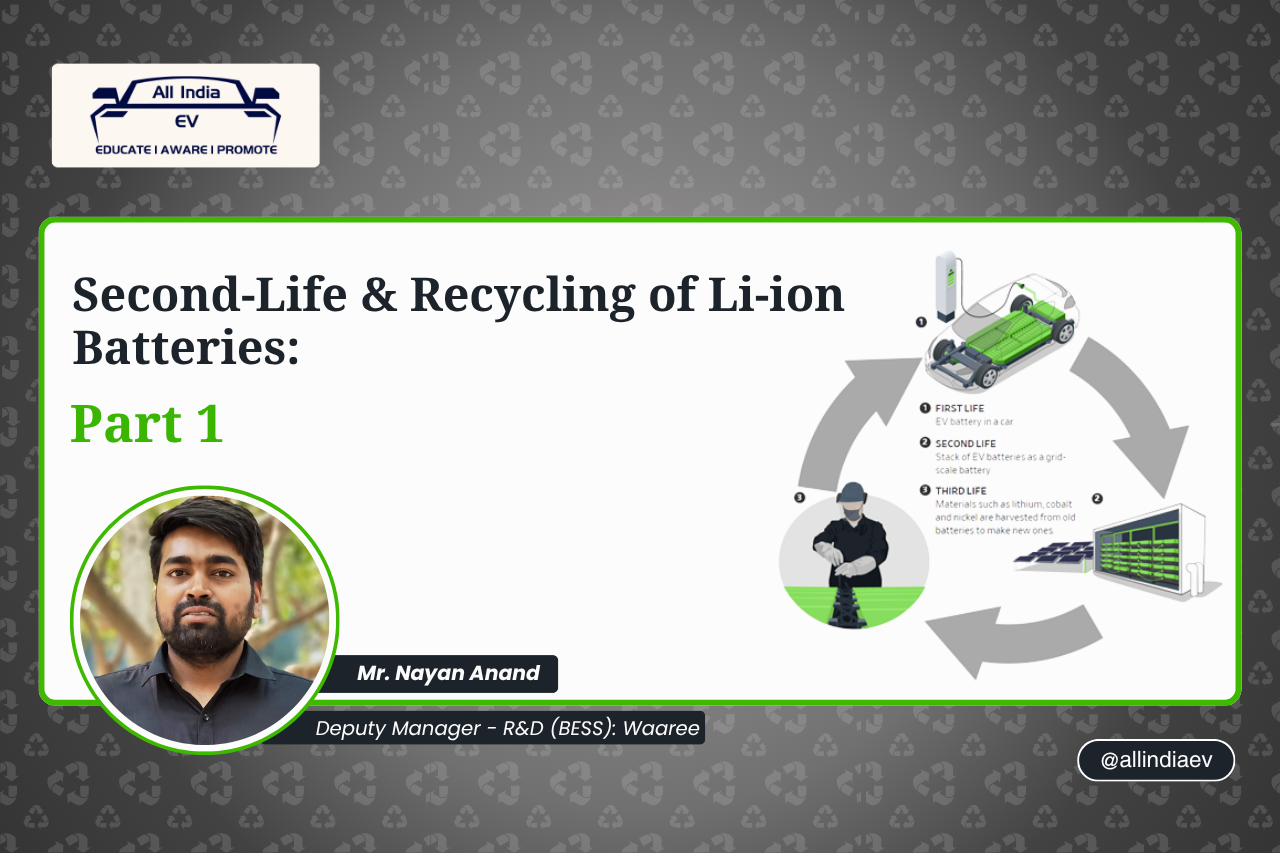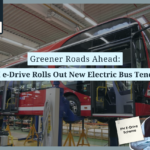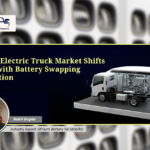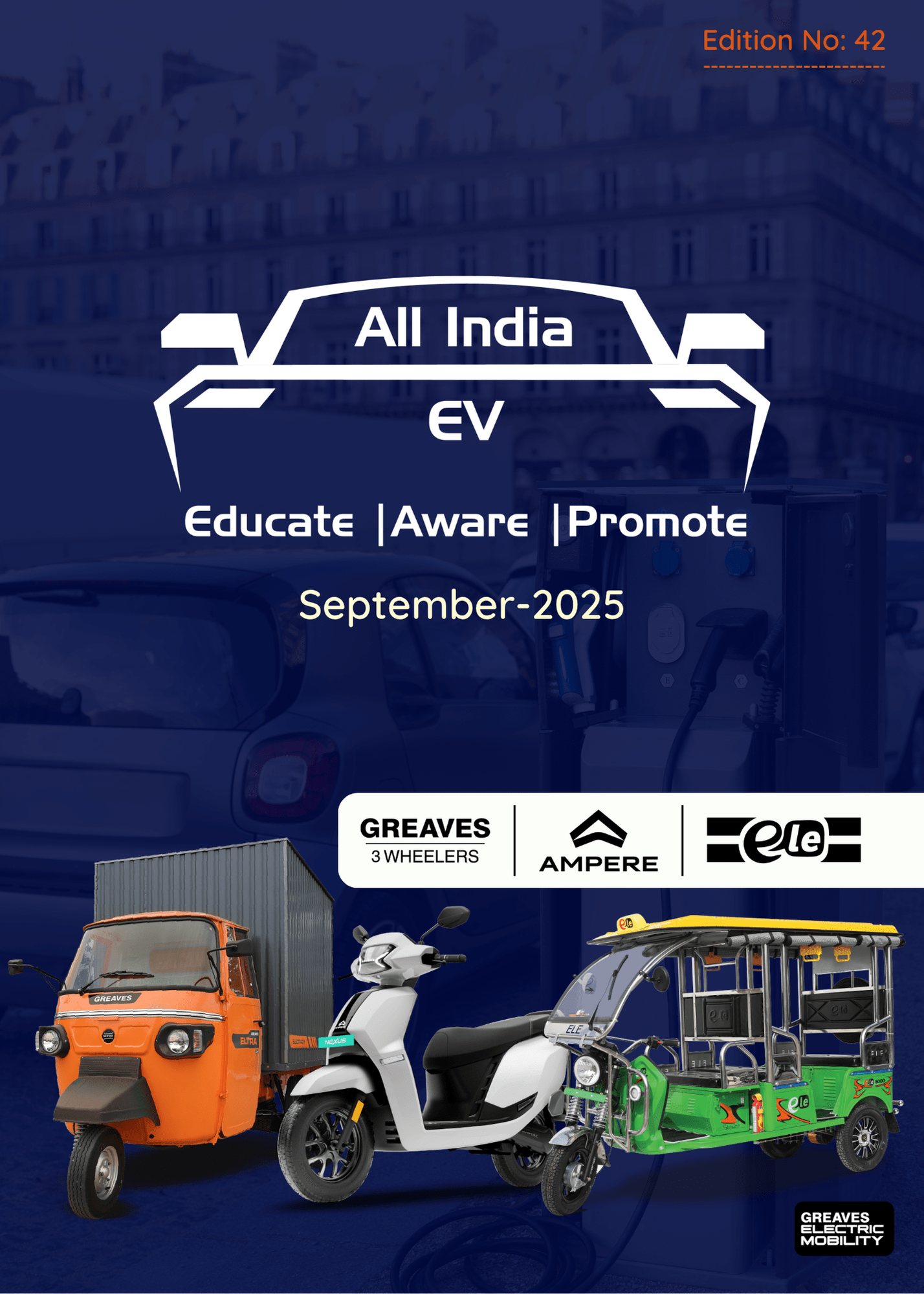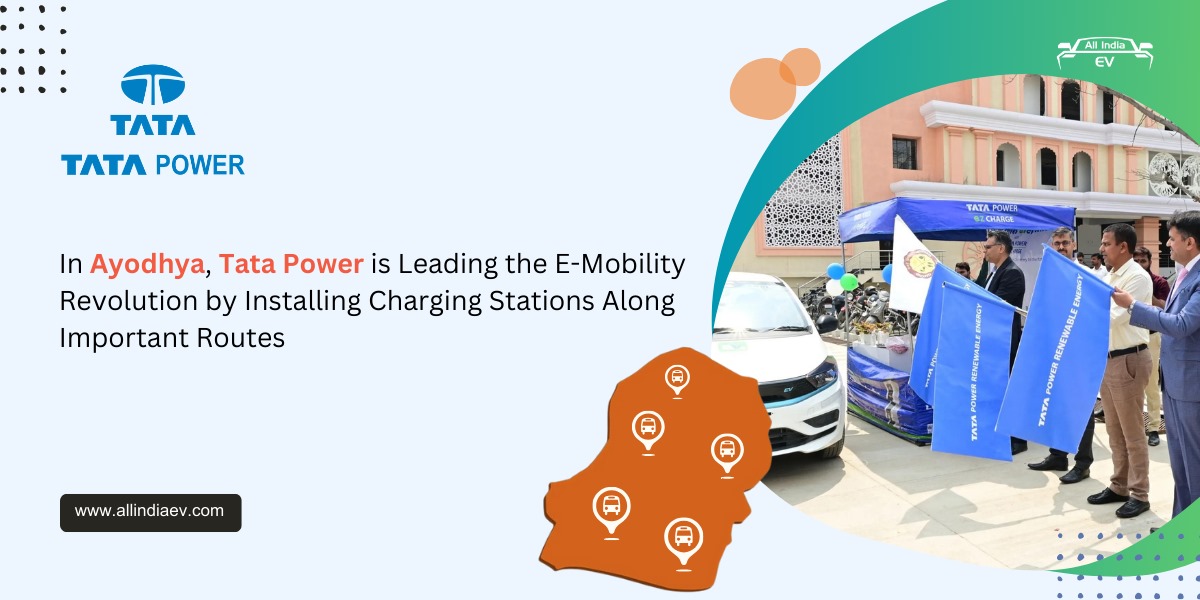
Retired EV / industrial lithium-ion batteries are a strategic resource — when handled with robust recycling and policy frameworks they can cut raw-material demand, lower emissions, and improve supply-chain resilience; but technical, economic and regulatory gaps remain.
The surge in electric vehicles (EVs), renewable energy storage, and portable electronics has positioned lithium-ion batteries (LIBs) at the center of the global clean energy transition.
But as these batteries reach their end-of-life (EoL), the world faces a crucial question: how do we handle millions of tonnes of retired cells in a sustainable, economical, and safe way?
The BatteryVerse report brings together the full picture — covering recycling technologies, efficiencies, environmental and economic impacts, industry players, and global policy frameworks. It highlights both the opportunities and the bottlenecks in scaling a truly circular battery economy.
Table of Contents
- Why Battery Recycling and Second-Life Matter
- Recycling Technologies
- Recovery Efficiency
- Environmental & Health Considerations
- Economics & Market Realities
Why battery recycling and second-life matter?
The rise of electric vehicles, grid storage and portable electronics means hundreds of thousands of tonnes of lithium-ion batteries will reach end-of-life (EoL) in the coming decade. Rather than treat them as waste, two complementary strategies are used:
Second-life (reuse / repurposing): batteries with remaining capacity (often 60–80% at retirement) are tested, refurbished and deployed for lower- stress stationary applications (microgrids, peak- shaving, backup).
Recycling (material recovery): once cells are too degraded, their materials (Li, Ni, Co, Cu, Mn, Al, graphite) are recovered and re-introduced to battery material supply chains.
Both strategies reduce dependence on primary mining, lower embodied carbon, and support circularity — but they require reliable testing, safe collection/transport, standardized testing, and efficient recovery technologies.
The main recycling technologies — how they worfi, pros G cons
Three primary technical routes dominate current practice. Each typically starts with mechanical pretreatment (disassembly, shredding, separation of metals/plastics) and then proceeds to one or more of the following:
Pyrometallurgy (Smelting)
- What: High-temperature smelting recovers a metal-rich alloy (Co, Ni, Cu) and slag; lithium often ends up in the slag and may be lost or need further treatment.
- Pros: Robust for mixed feedstock; relatively simple downstream metallurgy; tolerant of impurities.
- Cons: High energy use and CO₂ footprint, losses of lithium and some light elements, air emissions require control.
- Use case: Historically used for whole battery packs and mixed chemistries; still used where feedstock is heterogenous.
H ydrometallurgy (leaching + solution chemistry)
- What: After mechanical pretreatment, materials are leached with acids or other solvents; metals are separated by precipitation/solvent extraction/electrowinning.
- Pros: High recovery rates for Li, Ni, Co, Mn, Cu; better material-specific recovery and lower energy than pyrometallurgy; suited to producing battery-grade salts.
- Cons: Requires careful effluent treatment (acidic waste, salts), reagent costs, and engineered processes for throughput
- Recovery: Recent studies report very high recoveries (e.g., >85–95% for Ni, Co; Li recoveries improving toward 80–90% depending on process). Hydrometallurgy is widely regarded as the “best available” route for high material recovery.
Direct (or “physical/repair”) recycling
- What: Aims to recover cathode active materials (CAM) and preserve their crystal structure so they can be re-coated or re- sintered and returned directly as cathode material — avoids full breakdown to salts.
- Pros: Highest potential energy and carbon benefits because it skips energy-intensive smelting and chemical conversion; can retain electrode performance with lower processing steps.
- Cons: Requires clean, selective sorting by chemistry and state-of-health; processes are still at pilot/commercial early stages and depend on standardization.
Emerging / niche methods
- Bioleaching: using microbes to produce lixiviants — promising for some metals but typically slower.
- Electrochemical G solvent routes: targeted separations for specific elements.
These are active R&D areas with promising lab results but limited commercial scale so far.
Recovery efficiency — realistic numbers and regulatory targets
Recovery efficiency depends on feedstock (type of LIB chemistry), pretreatment quality, and the recycling route:
Hydrometallurgy: Commercial plants commonly report >85–95% recovery for Ni, Co and Cu; lithium recovery historically lower but improving toward~80–90% with optimized processes. Lab reports show recoveries such as 92% Mn, 90% Ni, 89% Li and 82% Co in some optimized leaching trials.
Pyrometallurgy: Typically, excellent recovery for Ni/Co/Cu but lower lithium recovery (lithium often lost to slag unless further hydromet processing is applied).
Direct recycling: Potential to retain significant fraction (>80–90%) of cathode material functionality, but real-world yields vary, and scale-up challenges remain.
Policy targets (examples): the EU’s new Batteries Regulation sets minimum recovery efficiencies (examples: cobalt, nickel, copper, lead ≥90%; lithium ≥50% from 2027, with tightening and recycled content targets by 2031). These rule-level targets drive investment into higher Li recovery processes.
Environmental G health considerations
- G HG emissions G energy: Pyrometallurgical processes are energy-intensive and can have higher CO₂ footprints per tonne processed than hydrometallurgy or direct routes. Hydrometallurgy typically reduces overall energy and emissions when compared to mining + refining virgin feedstock. Life-cycle analyses generally show net environmental benefits for recycling vs. virgin production.
- Water, effluent & chemical hazards: hydrometallurgy uses acids and reagents; careful wastewater treatment and closed-loop reagent recovery are essential to prevent contaminatio
- Particulate / gas emissions & worker safety: shredding and smelting require dust and fume controls; thermal runaway risks demand cell stabilization before processing.
- Social & land impacts: recycling sited responsibly reduces the need for new mines (which can have large land/water/social footprints), but currently recycling facilities near communities require robust environmental safeguards and transparency.
Economics G marfiets — why recycling isn’t automatically profitable yet
Key factors that determine commercial viability: Scale of feedstock, logistical costs (collection, transport, safe storage), commodity prices (Li/Ni/Co), capital intensity of plants, and regulatory incentives/penalties.
Feedstocfi quality: Concentrated streams (e.g., automotive battery packs) are more valuable because they reduce sorting/disassembly costs.
Commodity volatility: high prices for Co and Ni historically helped recycling economics; as chemistries shift (e.g., less cobalt), the revenue mix changes — making lithium recovery more important.
CapEx G operational complexity: Building hydrometallurgical facilities is capital intensive; startups have faced scaling pains and cost overruns (example: Li-Cycle’s expansion challenges reported in industry press). Policy incentives, recycled-content mandates, and subsidies (see India’s recent incentive scheme referenced below) can tilt the economics positively.


